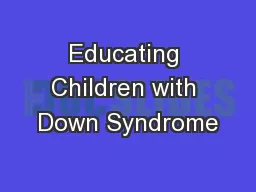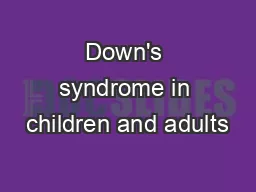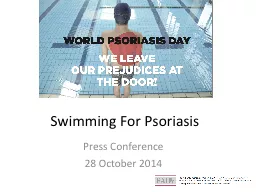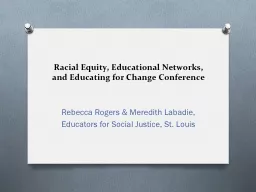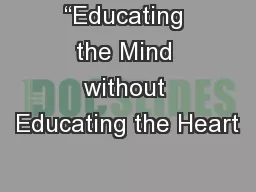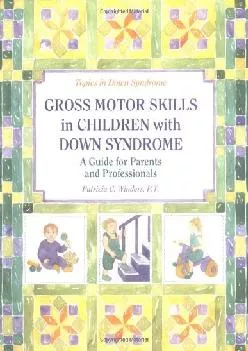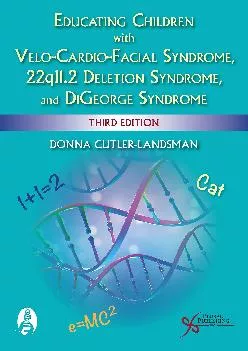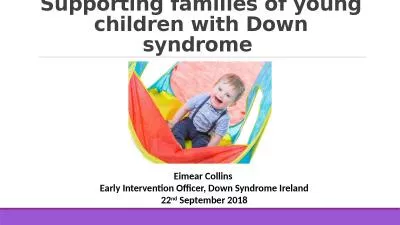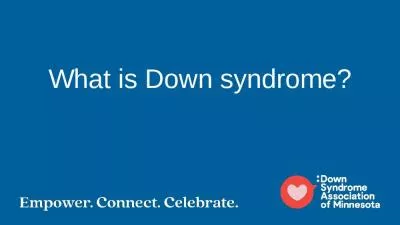PPT-Educating Children with Down Syndrome
Author : myesha-ticknor | Published Date : 2018-03-20
Effective Teaching Practices Tools to Maximize Learning Success The Northern New England Down Syndrome Congress Typical Profile See Hodapp Fidler Buckley in DSRP
Presentation Embed Code
Download Presentation
Download Presentation The PPT/PDF document "Educating Children with Down Syndrome" is the property of its rightful owner. Permission is granted to download and print the materials on this website for personal, non-commercial use only, and to display it on your personal computer provided you do not modify the materials and that you retain all copyright notices contained in the materials. By downloading content from our website, you accept the terms of this agreement.
Educating Children with Down Syndrome: Transcript
Download Rules Of Document
"Educating Children with Down Syndrome"The content belongs to its owner. You may download and print it for personal use, without modification, and keep all copyright notices. By downloading, you agree to these terms.
Related Documents

